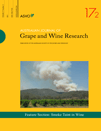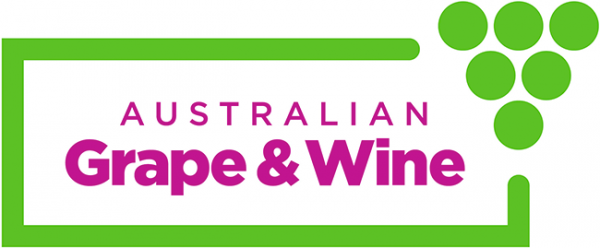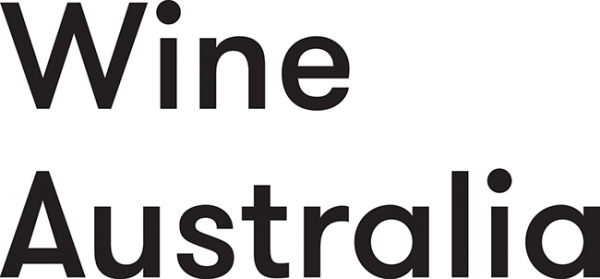Best practice for recovery after bushfires
The recent devastating fires have burnt over 1000 hectares of Australia's vineyards and generated the longest and the most widespread period of smoke haze on record.
National and State organisations including Australian Grape & Wine, the Australian Wine Research Institute and Wine Australia as well as Regional Associations are providing information sessions and resources on how to deal with the challenges of damaged vines and smoke exposed grapes.
The following resources are not intended as a comprehensive list, further detailed information is available on the Wine Australia and AWRI websites:
How should you manage a vineyard that has been directly damaged by fire, and what is the best way to return the vines to productivity?
How should you manage a vineyard that has been directly damaged by fire, and what is the best way to return the vines to productivity? Colin Hinze of Pinion Advisory and Richard Hamilton of Hamilton Viticulture discuss the results of their three-year field trial in the Adelaide Hills.
The project was delivered by Wine Australia in partnership with the Department of Primary Industries and Regions. It is a Local Economic Recovery project, which is jointly funded by the South Australian and Australian Governments under the National Disaster Recovery Funding Arrangements.
Early warning of smoke taint risk
North-East Victoria is one of the most bushfire-prone wine regions in Australia. It is now home to the world’s first smoke sensor network which is dedicated to monitoring smoke taint risk in vineyards. The network builds on over 10 years of research by Ian Porter of La Trobe University, which links smoke measurements to smoke taint risk for grapes and wine. Dean Cleave-Smith, of the King Valley, says it is a game-changer for the industry. This was a project funded by the Federal and Victorian Governments through a Regional Economic Stimulus and Resilience Grant awarded to the North-East Wine Zone following the 2019-20 bushfires, in partnership with Wines of the King Valley, La Trobe University and Wine Australia.
Recovery of vineyards after fire a case study
Greg Horner of Mount Bera Vineyards in the Adelaide Hills has kindly shared his experiences in vineyard recovery following the Sampson Flat bushfire in 2015. On 2 January 2015, the Sampson Flat bushfire roared through Mount Bera Vineyards in South Australia, burning all of the vines to varying degrees. Greg owns and operates the vineyard and, after the fire, the main recovery advice he received was to completely remove the vines and start again. Greg chose a different path, one that not only saw him harvesting in the first year after the fire, but also resulted in a complete recovery much faster and more cheaply than if he had started from scratch. Listen to the podcast here or download the PDF of the case study to hear more about the vineyard recovery approaches that Greg took. Please note that this is one way to approach the vineyard rehabilitation process. More information on recovery is available via the AWRI website and in its recent webinar. This podcast supplied by Wine Australia |
Assessing and managing fire damaged grapevines
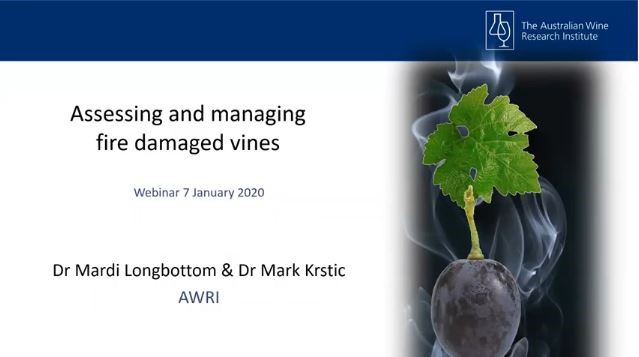 | The AWRI have been visiting affected regions providing valuable information. If you've missed the AWRI webinar, you can watch online via the AWRI's YouTube channel. |
Information pack – Managing fire damaged grapevines
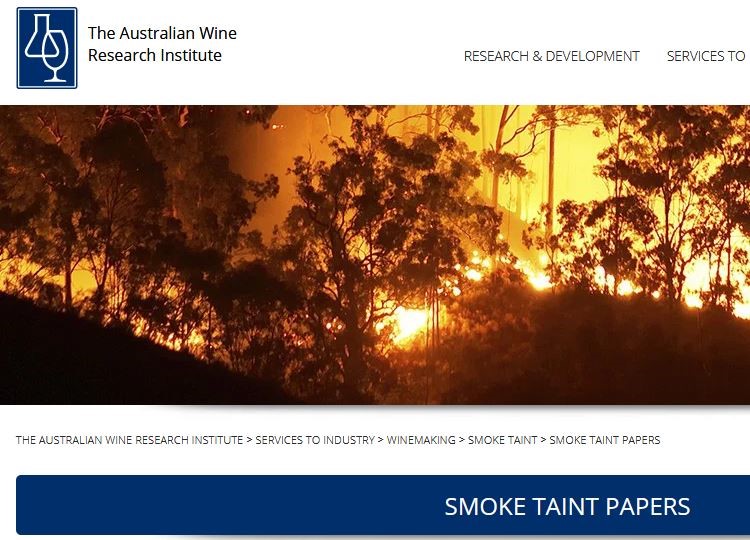 | The AWRI have over 20 publications relevant to dealing with smoke taint and articles on managing fire damaged grapevines Copies of articles can be ordered from the AWRI library. |
Options for managing fire damaged grapevines
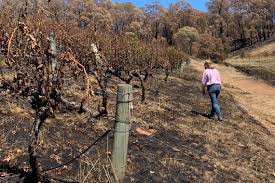 | Grapevines react to fire in several different ways and the extent and type of damage determines the best approach to treating Agriculture Victoria -John Whiting, Farm Services Victoria, in October 2012 |
NSW DPI Bushfire Hub
 | The NSW DPI has launched Bushfire Hub (pictured) containing information on:
|
Grapevine recovery from fire damage
 | Bushfires can have devastating effects on vineyards and their occurrence may become more frequent with the changing climate. When damage occurs, grape growers are unsure about determining the appropriate response. Grapegrower & Winemaker May, 2012. |
Assessing grapes affected by smoke exposure for smoke taint
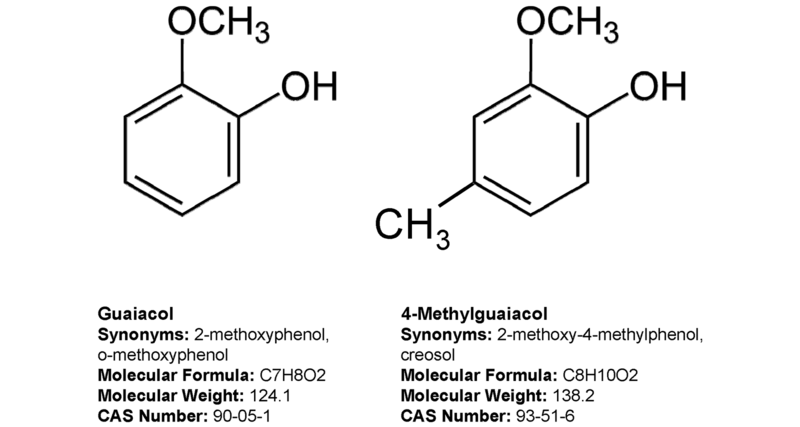 | In the event of a vineyard being exposed to smoke, the most effective time to test smoke-exposed grapes is as close to the expected harvest date as possible. |
Smoke Taint in Wine Special Issue for the Australian Journal of Grape and Wine Research.
| This 2011 Special Issue is a collection of papers that cover problems of smoke taint from the grape to the glass and provides insights into the chemistry and biology at play. Importantly, this knowledge not only provides options for evaluating the severity of smoke damage and its amelioration, but also raises important future research questions. |

